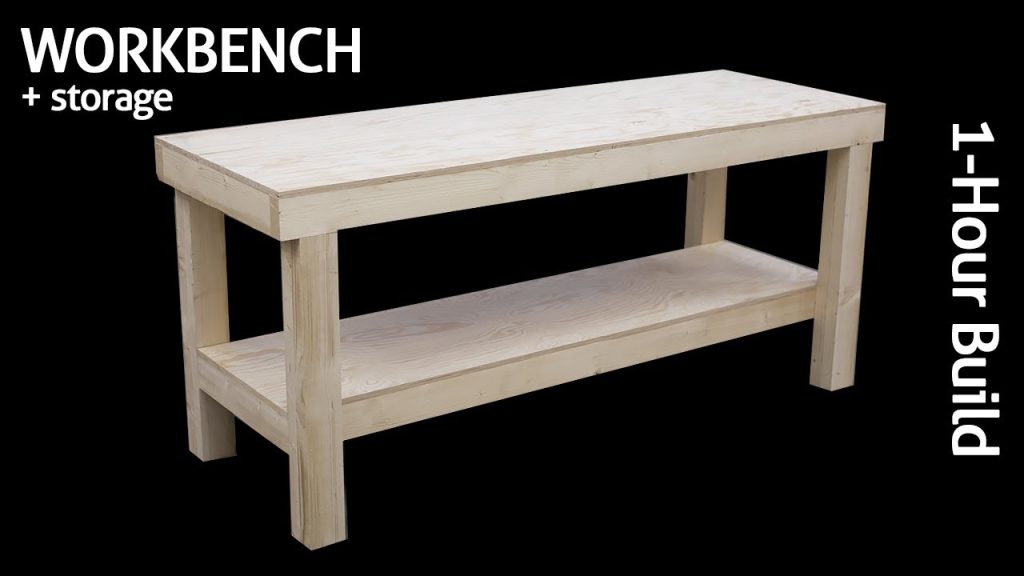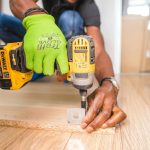Choosing the Perfect Woodworking Bench: A Guide for Every Woodworker
1. Why a Good Workbench Matters
A solid woodworking bench provides a flat, durable surface where you can clamp, cut, and shape wood with precision. The right bench helps keep your tools organized, supports heavy projects, and ensures your workspace is comfortable and efficient. Without a stable bench, your projects can become frustrating or even unsafe.
2. Types of Woodworking Benches
Here are some popular types of benches to consider, depending on your needs and available space:
- Traditional Workbench: Often made from hardwood, this bench is designed for general woodworking. It includes a large, flat work surface, dog holes for clamping, and built-in vises for holding materials in place.
- Portable Workbench: If space is limited, a portable bench is ideal. These are smaller, lightweight, and often foldable, allowing you to set up your workspace anywhere and store it easily when not in use.
- Cabinetmaker’s Bench: For those who do intricate or fine woodworking, a cabinetmaker’s bench offers more precision. It typically has multiple clamping options, including tail and face vises, and provides ample storage underneath for tools and materials.
- Workbenches with Storage: Some benches come with built-in cabinets or shelves underneath the work surface, which can be extremely useful for keeping tools within arm’s reach and your workshop organized.
3. Key Features to Look for in a Workbench
When choosing or building your woodworking bench, consider these important features:
- Material: Hardwoods like maple or beech are popular choices for workbenches because they can withstand heavy use and last for years. Softwood can be used but may not be as durable.
- Size: The size of your bench should suit the projects you typically work on. A larger bench gives you more space for bigger projects, while a compact bench may be perfect for smaller shops.
- Vises and Clamps: A bench with built-in vises or a system for clamping materials can make your work much easier. These features are essential for holding wood securely in place during cuts, sanding, or finishing.
- Workbench Height: Comfort is key! Make sure the bench height is suitable for your work style. If it’s too high or too low, it can cause strain, especially during long hours of work.
4. DIY vs. Buying a Woodworking Bench
Building your bench can be a rewarding project, giving you the freedom to customize it to your exact needs. Plus, it allows you to select materials and features that fit your budget and shop space. However, purchasing a pre-made bench can save time and provide a ready-to-use solution for those eager to get started right away.
5. Conclusion
A good woodworking bench is an investment in both your craft and your comfort. Whether you choose to build or buy, make sure it suits your woodworking style and supports the kind of projects you love to create. With the right bench, you’ll find yourself working more efficiently and enjoying your woodworking even more.


